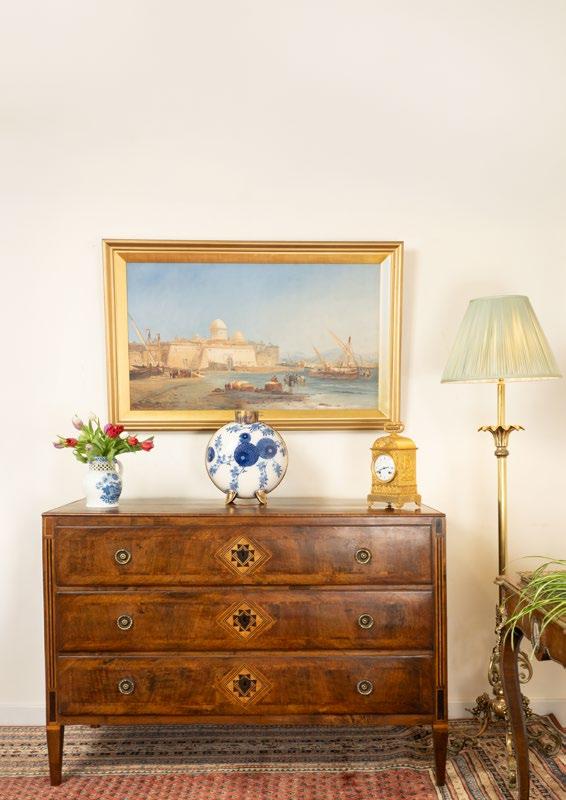

Country House Sale
ENDS FRIDAY 20 JUNE | FROM 11AM
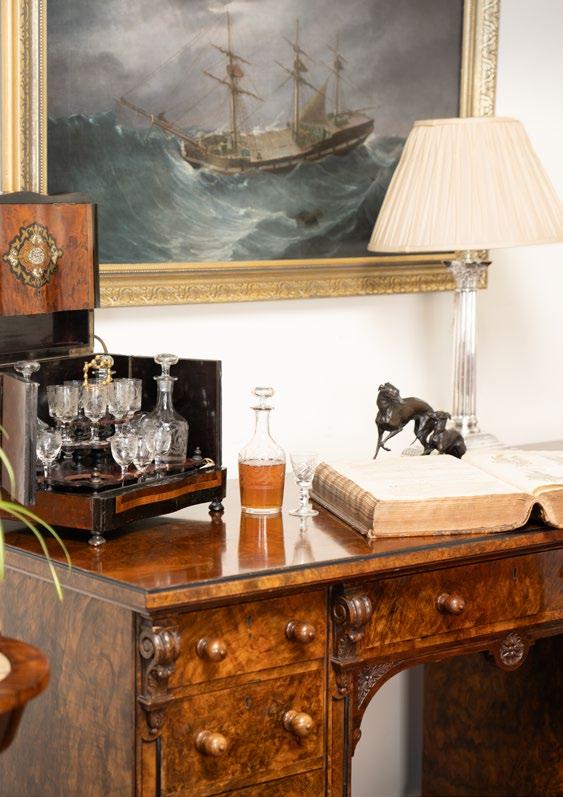
The Country House Sale
ENDS FRIDAY 20 JUNE FROM 11AM
DUGGLEBY STEPHENSON OF YORK, MURTON, YORK, YO19 5GF
VIEWING
Tuesday 17 June | 9am - 4:30pm
Wednesday 18 June | 9am - 4:30pm
Thursday 19 June | 9am - 4:30pm
Friday 20 June | From 9am

Bid anytime online through our website, and join the live auction to bid in real-time as each item is sold, using our bespoke bidding platform, DS Live.
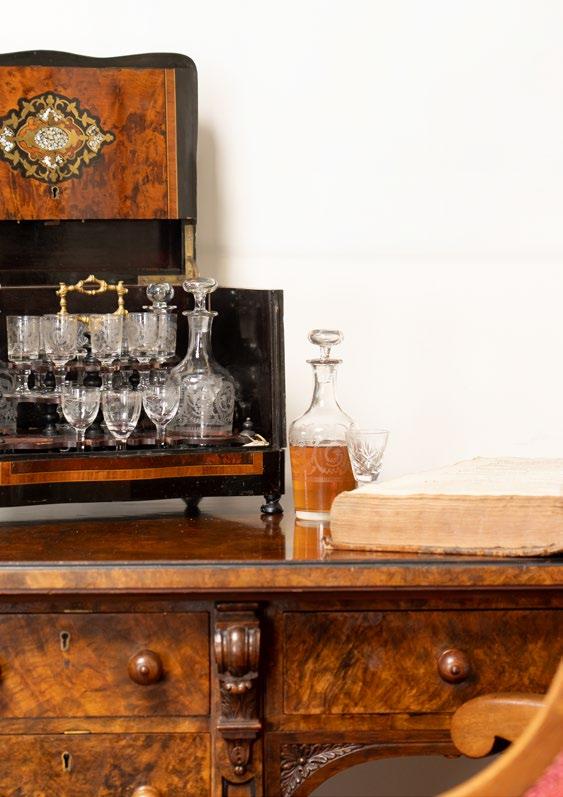
We are pleased to present a preview of highlights from our upcoming Country House Sale.
This exclusive bi-annual event embodies the elegance, heritage and refined taste synonymous with the classic country house.
Curated by our team of specialists, the sale offers a distinguished selection of antiques, fine art, period furniture and decorative objects, each chosen for its exceptional quality, provenance and timeless appeal.
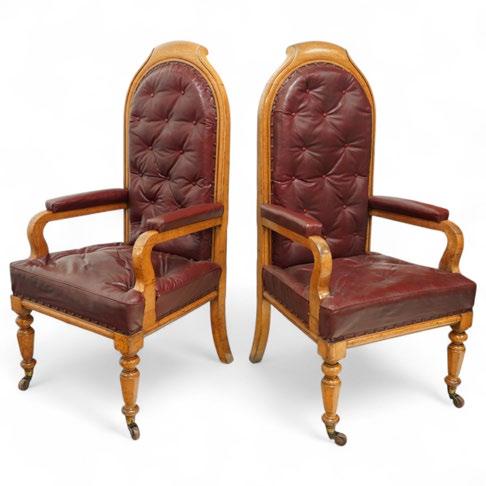
Impressive pair of mid-Victorian oak throne or hall chairs, with arched backs on fluted supports and deep buttoned upholstered panels. Featuring upholstered curved arms, fluted seat rails, tapering turned front legs with original brass and brown porcelain castors, and out-swept rear supports.
£1,200 - 1,400
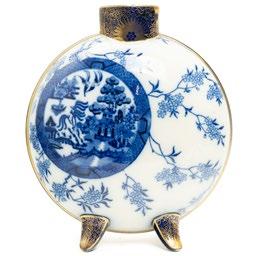
Pinder Bourne & Co vase of oriental moon flask form, designed by Henry Slater. Decorated in underglaze blue with a cluster of exotic fruit, the reverse featuring a Willow pattern panel, and finished with a dark blue and gilt collar and feet. Height 36cm.
£100 - 150
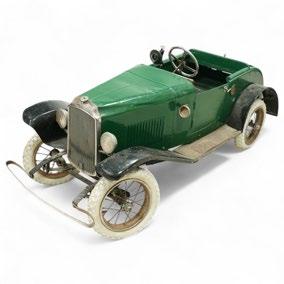
Lines Brothers Ltd. for Tri-ang - 1930s children’s open tourer pedal car, modelled as a Vauxhall. Finished in ‘British Racing Green’ with a metal chassis, side toolbox and opening rear trunk.
£100 - 200
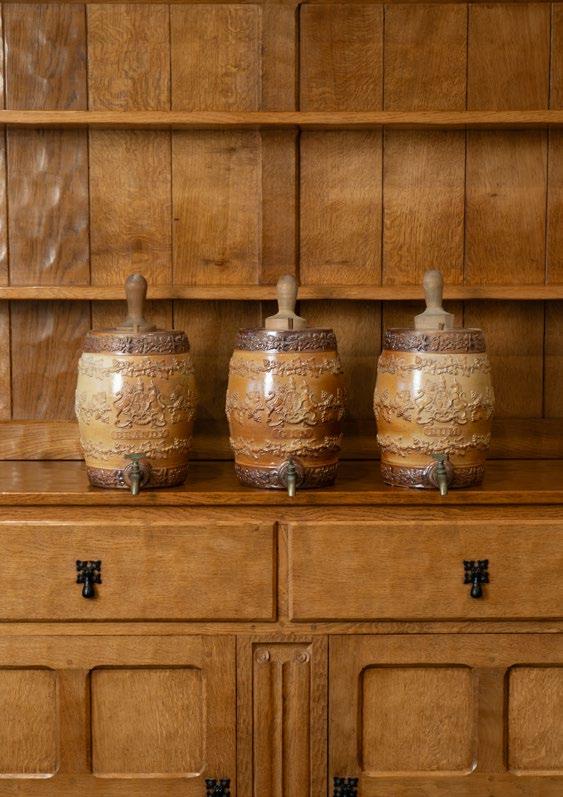
Set of three mid-19th century Doulton & Watts stoneware barrels for ‘Brandy’, ‘Gin’ and ‘Rum’, each decorated in high relief with the Royal Coat of Arms and bands of vine leaves. With original taps and stamped to the rim. Height 26cm (excluding corks).
£200 - 300

Bloor Derby teapot of compressed circular form, elegantly decorated with scrolls and leaves in puce and gilt. With matching trio of teacup, coffee cup and saucer, featuring red painted cross baton marks beneath.
£70 - 100

Victorian Minton Parian ware group Ariadne and the Panther, depicting the nude maiden seated side-saddle on a panther, her fingers holding a drape. Impressed Minton and 1863 date marks to the rectangular base. Length 29cm, Height 36cm.
£80 - 120
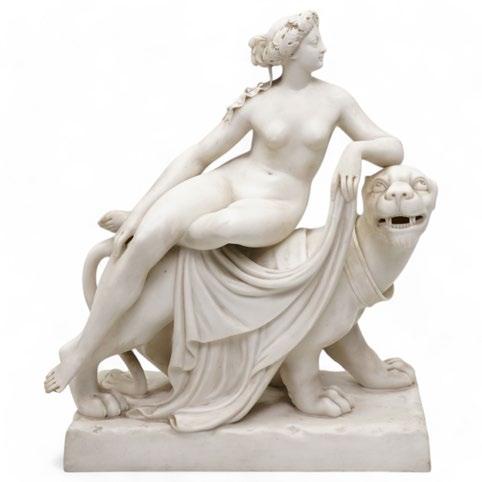

Victorian burr walnut kneehole desk of exceptional quality and condition, circa 1870. The rectangular top features moulded ebonised front edges above a central frieze drawer with original turned handles and brass London-made locks, with solid mahogany drawer linings. Supported on twin pedestals, each with three graduated drawers flanked by pilasters with carved corbels, all on enclosed ebonised moulded plinth bases.
£3,000 - 3,500
English School (19th Century)
Silhouette Portrait of ‘Rev. Edward Joseph Coltman’
£100 - 200
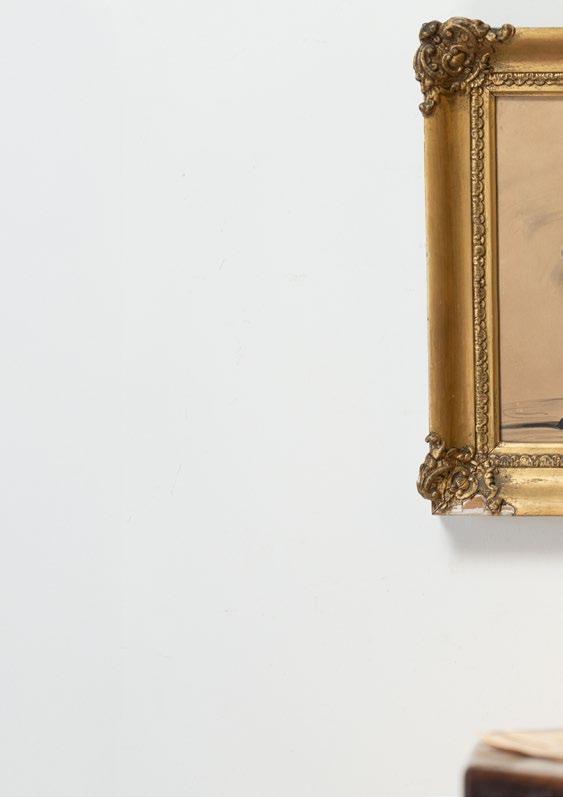
This evocative 19th-century English School silhouette depicts the formidable figure of Reverend Edward Joseph Coltman, a clergyman remembered as one of the largest men in England - second only to the legendary Daniel Lambert.
While often remembered for his extraordinary size, Coltman was a respected scholar and clergyman. Educated at Trinity College, Cambridge, he served as Perpetual Curate of Beverley Minster for 24 years. He championed local education, helped establish schools, supported charitable institutions, and publicly advocated for the abolition of slavery and Catholic emancipation.
Rendered in watercolour, the silhouette is accompanied by period annotations detailing Coltman’s extraordinary physical presence and equally remarkable life. So vast was his stature that a team of vergers was required to wheel him up a ramp to the pulpit for sermons.
Coltman died in 1837 in unusual circumstances - reportedly suffocating in his sleep after rolling over in bed before his footmen could respond. His funeral was widely attended, with businesses across Beverley closing in a mark of respect.
This portrait not only captures the outline of an exceptional individual but offers a rare glimpse into the life of a man whose impact on his community was as substantial as his frame.

Mouseman – circa 1930s/40s oak octagonal occasional table, the adzed top finely decorated with carved scrolls to each corner, raised on a cruciform base with sledge feet, bearing the trademark carved mouse signature.
£2,000 - 3,000
This fine Mouseman oak occasional table, dating from the 1930s–40s, is a distinguished example of the Yorkshire oak tradition - an enduring legacy of craftsmanship rooted in the Arts & Crafts movement.
Hand-carved in Kilburn by Robert Thompson, the founder of the Mouseman workshop, the table displays hallmarks of his early work: a robust octagonal adzed top with carved scroll motifs, sledge feet, and the iconic carved mouse, symbolising integrity in both material and workmanship. Thompson’s philosophy of honest construction, use of native oak, and emphasis on hand-finishing laid the foundation for what has become a uniquely regional school of furniture making.
This tradition has since flourished across North Yorkshire, with other workshops adopting both Thompson’s methods and the use of signature carved motifs—such as Rabbitman (Peter Heap of Wetwang), Beaverman (Colin Almack of Sutton-under-Whitestonecliffe) and Gnomeman (Thomas Whittaker of Littlebeck).
Each maker contributes to a broader Yorkshire oak vernacular, characterised by solid construction, adzed surfaces, and deeply personal craftsmanship. The Country House Sale offers an exceptional survey of this tradition, featuring furniture from multiple key workshops - an opportunity for collectors and connoisseurs to engage with one of Britain’s most distinctive and respected regional craft movements.
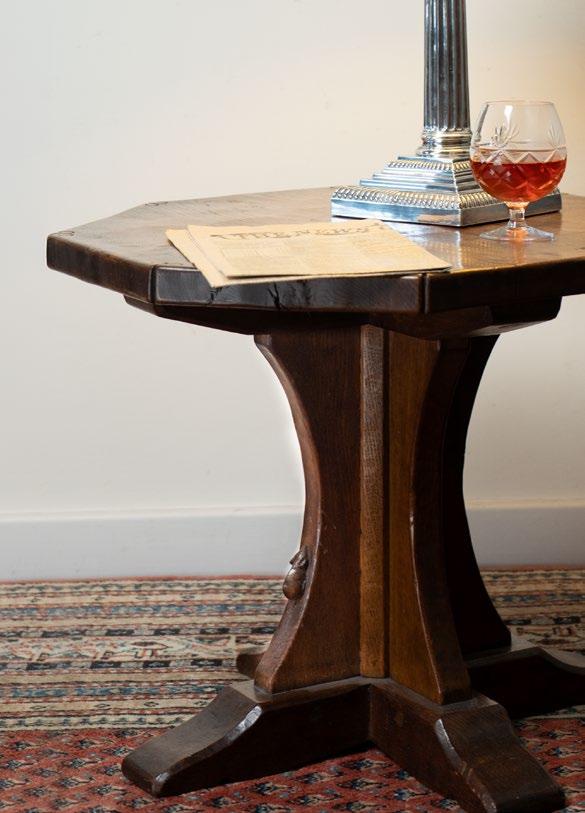
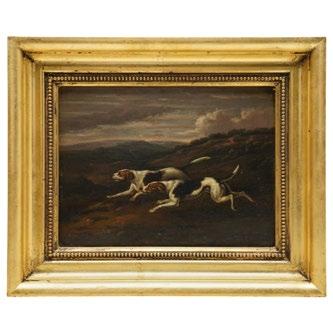
Samuel Raven (British 1775-1847) Foxhounds in Full Cry
£400 - 600
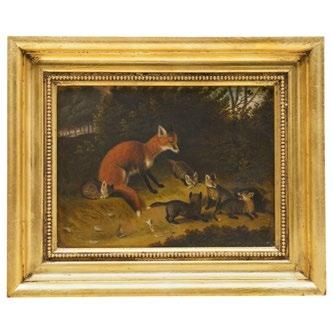
Samuel Raven (British 1775-1847) A Vixen and her Cubs by their Woodland Den
£400 - 600
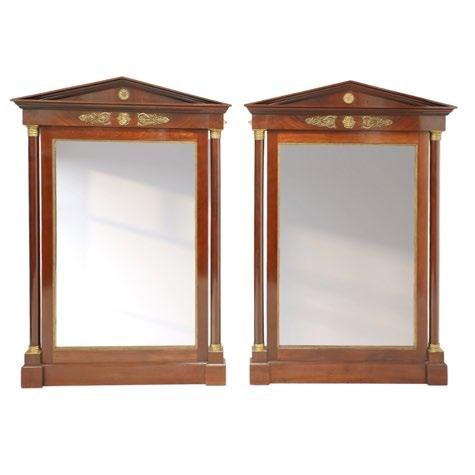
Rare pair of French Second Empire neoclassical style mahogany mirrors, circa 1870, with striking ormolu mounts. Each features an architectural pediment with central ormolu patera above a flame mahogany frieze, adorned with honeysuckle flower and caryatid mounts. The frames are detailed with ormolu beading and bevelled mirror plates, flanked by turned columns with further ormolu accents, all above a reverse breakfront base. (W) 109cm x (H) 160cm.
£5,500 - 6,000
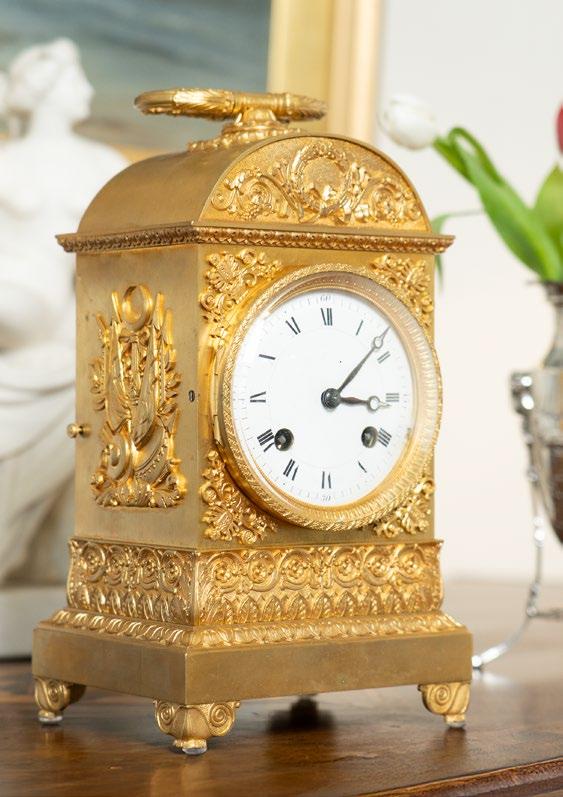
Fine Swiss ormolu 8-day early 19th century Pendule d’Officer style clock.
£1,500 - 1,700
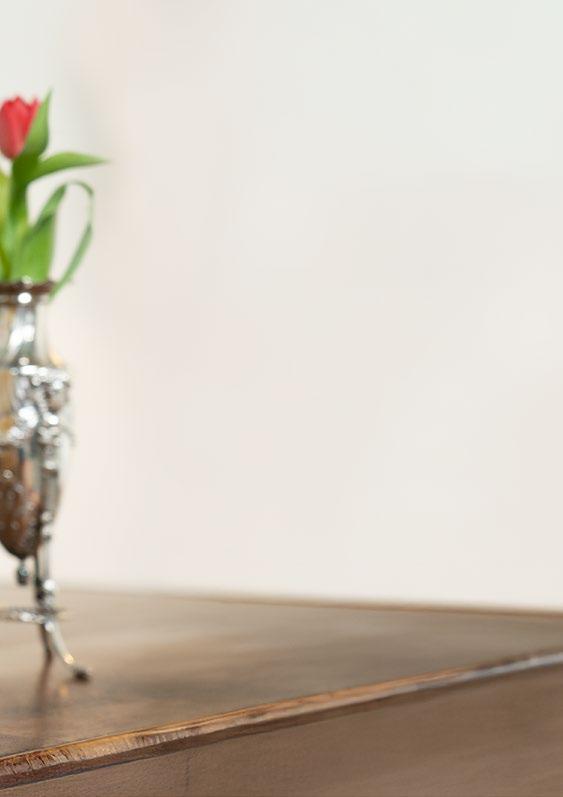
This fine Swiss Pendule d’Officier style clock, dating to circa 1820, is a superb example of early 19th-century craftsmanship. First conceived in France during the Napoleonic era, officer’s clocks were made to be both portable and elegant - used on campaign and admired in elite salons.
This Swiss version features an 8-day double train ting-tang striking movement, sounding the quarters on two graduated bells and the hour on a single bell, showcasing impressive mechanical sophistication.
The vertical platform lever escapement, with oversprung balance and visible strike work, reflects the technical innovation of early Swiss horology. As Switzerland rose as a centre of fine watchmaking, its artisans excelled in marrying precision mechanics with refined design. Though unsigned, the movement’s quality aligns with Geneva and Neuchâtel workshops of the period.
The richly cast ormolu case is no less impressive, with rococo and martial motifs, blending neoclassical and romantic influences. A convex enamel dial, moon hands, and glazed bezel reflect the era’s refined taste, while the scroll handle and bracket feet enhance both portability and presence.
Such clocks were often produced for the continental market, symbolising taste, education and affluence. Today, they remain highly collectable - not just as timekeepers, but as artefacts of Europe’s rich horological heritage.
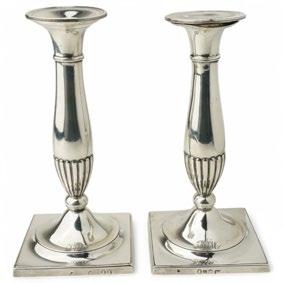
Pair of George III silver candlesticks with baluster stems and square bases, each engraved with a monogram. Hallmarked Sheffield, 1793 and 1797; one double struck with a King’s head. Height 20cm.
£300 - 400
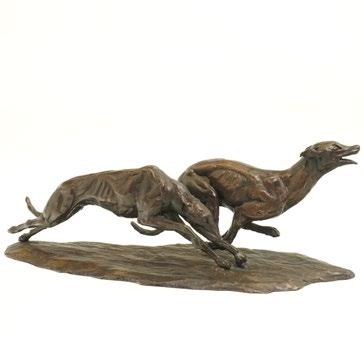
Tessa Pullan (British, 1953-)
Racing Greyhounds, patinated bronze figure, incised with monogram ‘TP’ and numbered 5/9, with Livingstone Art Founders stamp. Width 52cm.
£300 - 500
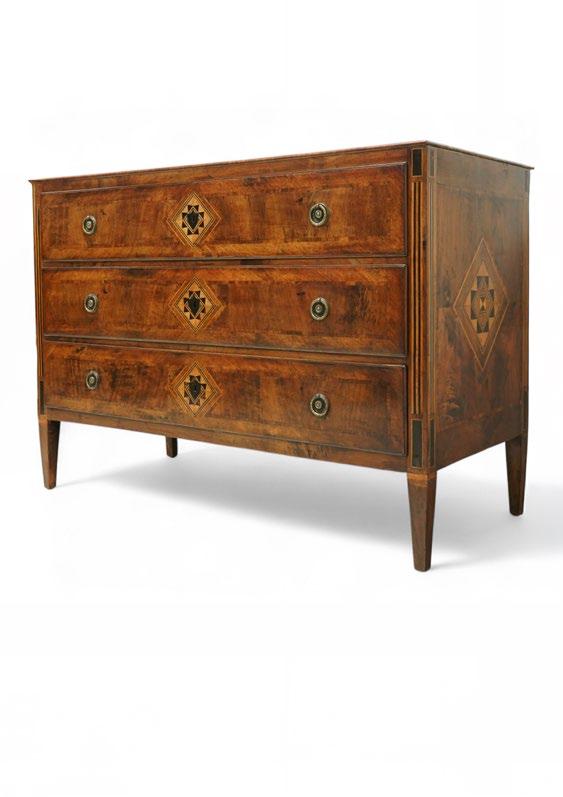
Large 18th-century North Italian walnut commode, the rectangular top with quartered veneer, central parquetry inlay, and raised moulded edges above three drawers with brass ring handles. Featuring crossbanding and further central parquetry inlay, on square tapered feet.
£4,500 - 5,500

James Webb (British 1825-1895) ‘Near Cadiz’ - Spain
£1,500 - 2,000
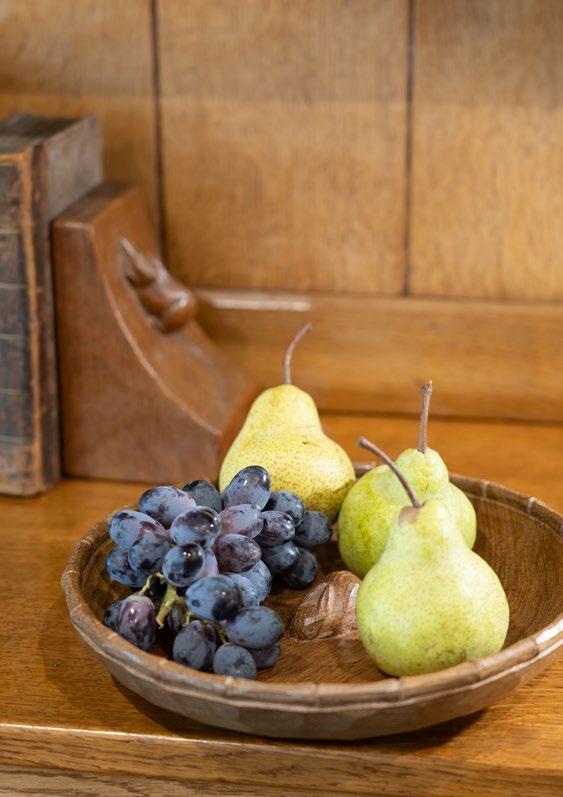
BROWSE THE FULL CATALOGUE

